Izvestia: Target heard: the drone to find missing people in forest by screaming
Russian mathematicians are developing a new method for finding missing people in forest. A group of drones will be able to detect a person in an area with dense foliage. Each drone in the group can change its flight mission right in the air. Instead of vision systems and thermal imaging systems, drones are equipped with an acoustic system. The audio signal is analysed in real time using the markers that are characteristic of the human voice. The noise of propellers, wind, or water will not impede drone surveying. Flight tests of the system are scheduled for the spring.
Minus video systems and thermal imaging systems
Sound, not video, as a means of finding a person lost in forest underpins the fundamentally new system to search wilderness for missing people. The system is developed by scientists at the Centre for Mathematical Robotics and Artificial Intelligence at St Petersburg University. The invention is being developed jointly with rescuers.
Attempts to use drones in the search for lost people were mostly concentrated on equipping a device with a video camera or a thermal imaging system. Yet, these innovations are far from being effective in finding missing people.
‘We do not use a video camera or a thermal imaging system because they are not effective at all. There is abundant experimental evidence relating to how we can fail when we use video cameras and thermal imaging systems in locating missing people. If there are leaves and branches between the drone and a person, the person is not visible,’ Konstantin Amelin explained to Izvestia. Konstantin Amelin is Director of the Research and Educational Centre "Mathematical Robotics and Artificial Intelligence" at St Petersburg University.
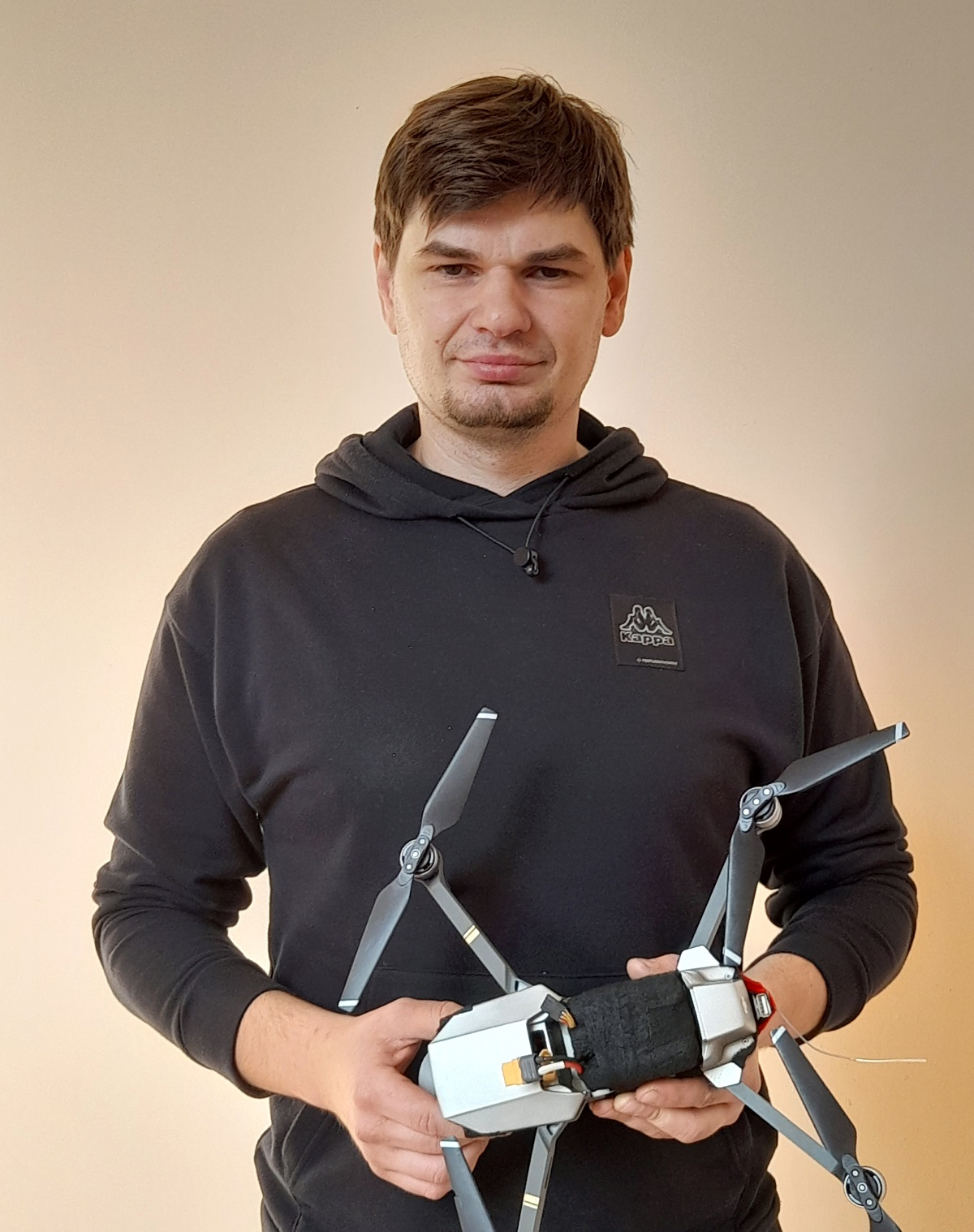
According to Konstantin Amelin, there are other reasons behind why scientists opted for sound. In particular, video streaming can cause heavy data usage and is more difficult to process. For drone filming, you need special permissions. Obtaining them is incredibly time-consuming. When working with sound, there are no such challenges.
From siren to voice
In the first version, a drone was equipped with an acoustic system and amplifiers, and the siren sound was selected, so that to provide maximum coverage of the territory with minimal power consumption. You can use the drone equipped with a siren in the search for missing people if they can make a phone call. Yet the drone cannot determine its location or report to rescuers any signs of the place where it is.
The specialists, with a missing person on the other end of the phone line, launch a drone with a siren, and the person reports whether they hear the sound, whether it increases or decreases in amplitude. The drone can be stopped in the air and rotated around its axis to accurately determine the location of the missing person. When the location is identified, specialists go to the site.
‘We have tried fire engine siren, ambulance siren, the sound of the Kremlin clock, a metronome. The sound of the bell is not suitable due to the fact that high vibrations quickly fade, while low vibrations are not perceived by the speaker,’ said Konstantin Amelin.
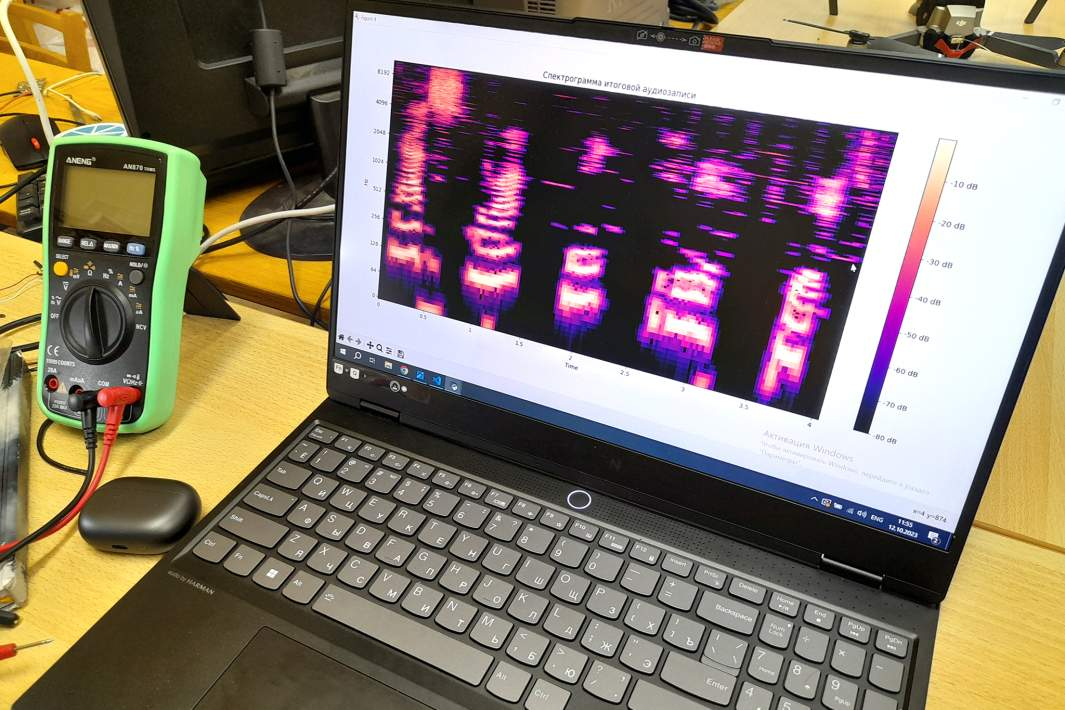
The developers opted for a very loud sound, which is unbearable indoor without having to cover the speaker with your hand. On the ground, the sound spreads over a distance of 35 m if a drone is operating at the altitude of 50 m. Yet, more often than not, missing people do not get in contact. If your phone’s battery runs out, you can only rely on your own voice.
At present, the main efforts of developers are concentrated on finding the optimal ways to identify the parameters that are characteristic of human voice from the general sound background. On the computer display, they are visible in the form of peculiar columns. The scientists are developing software to identify types of sounds, search for the element they need, and process the data. They are also tuning the speaker so that it can collect the widest spectrum and trying to use graphene films in its design and microphone composition, which are excellent acoustic material. They are also working on the aerodynamics of the drone to reduce the noise of its propellers. The scientists are planning to install new types of processors on the drone to process the signal at maximum speed.
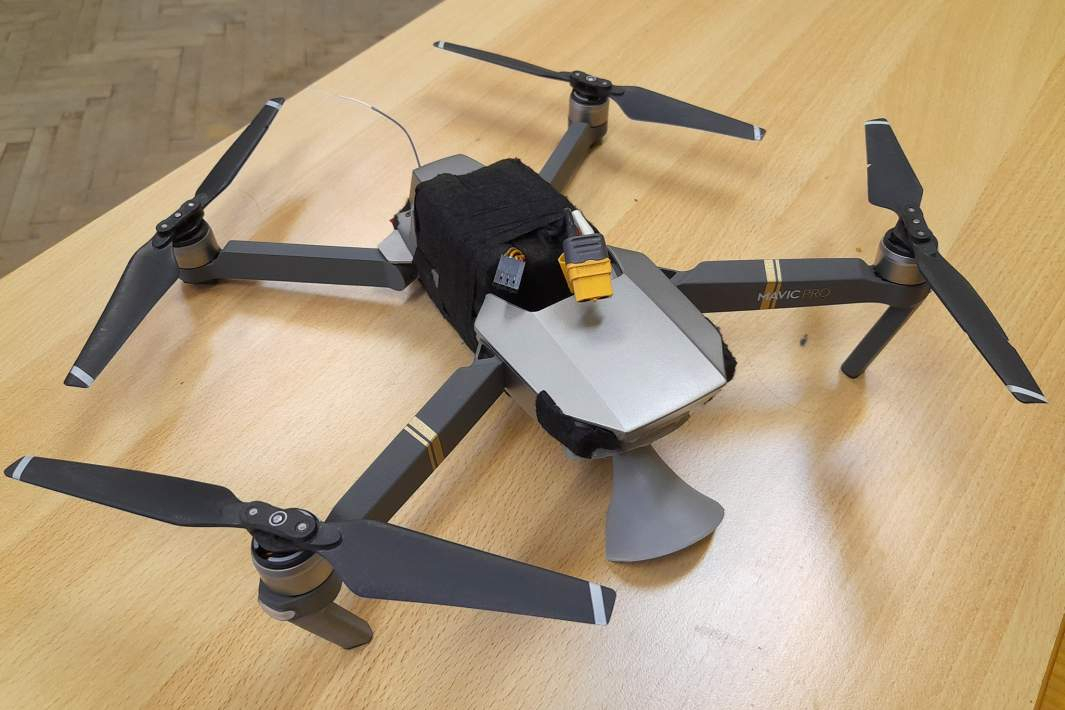
The scientists have been working on creating a new type of search drone for about three years. They started with their own design with a beam diameter (i.e. a distance from one engine to another. — Izvestia) of 680 mm, but realised that the drone was too big. Then they equipped a Mavic classic drone with their software, reducing the diameter of the beams to 330 mm. It was followed by a number of tests with a siren in the Moscow Region and the Leningrad Region.
Reflashing in the air
Now, the operator has a signal processing device. Installing the processing device on board will provide more complete coverage of the sound spectrum, since the acoustic signal is converted into a radio signal to be transmitted from the drone to the control panel. If you convert a raw signal, some elements of information may be lost. To reduce what may be lost, the researchers decided to use an analogue signal, rather than a digital signal. Testing a new version of the prototype search drone with all the innovations is scheduled for the spring.
The project involves the simultaneous use of a whole group of drones in a search process. The drones will be distributed throughout the territory and each of them can search in their own area of approximately five square km. This will significantly increase search speed. Ensuring the way for the drones to operate simultaneously in a group is the most knowledge-intensive part of the project.
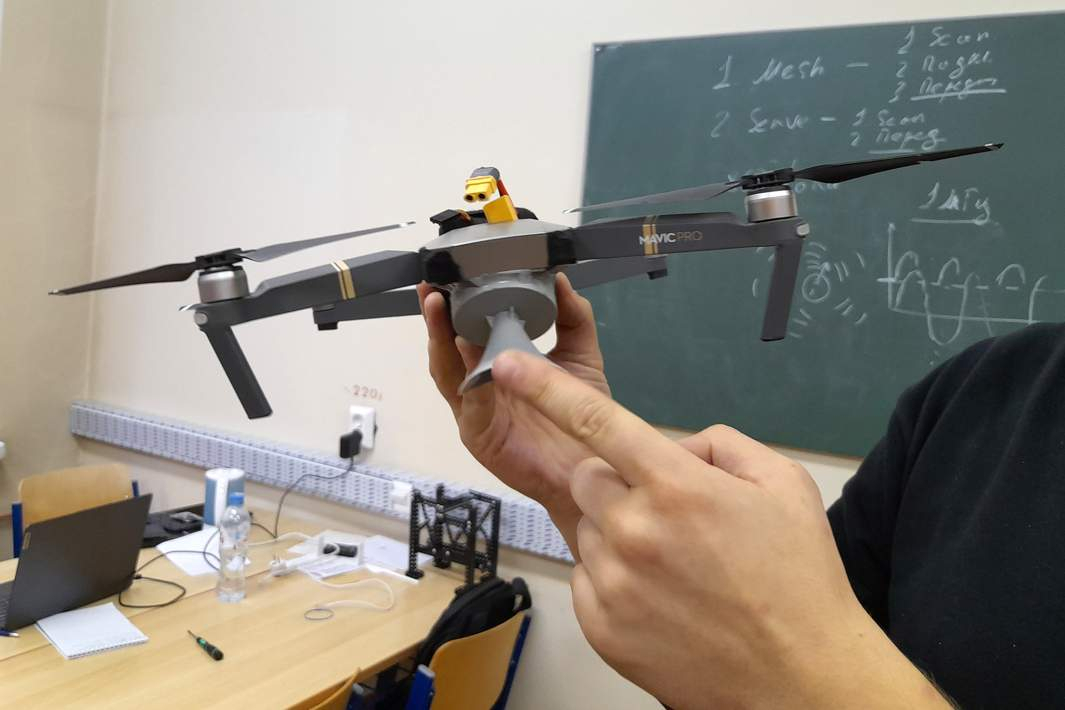
‘Drones are set to automatically divide the search area and their resources among themselves,’ said Oleg Granichin, Doctor of Physics and Mathematics, Professor at St Petersburg University. ‘We have learned to solve the problem of reflashing the programme of one robotic aircraft with another robotic aircraft and plan to use these algorithms in this project.’
This manoeuvre can benefit the search process if a group of drones is blown away by the wind. Reflashing the programme in the air without loss of controllability is ensured by a three-level system. The first level of control is responsible for keeping the drone in the air in autopilot mode. The second level of control is responsible for the flight mission. The third level of control ensures a group work.
‘The technology, with proper technical preparation, should give a good result,’ Andrei Grudev, Deputy General Director of the Geoscan, said in an interview with Izvestia. ‘This technology can be used if we can develop sufficiently sensitive microphones that are not drowned out by the sound of propellers, and high-quality artificial intelligence that can be taught to distinguish human voices from the horns of passing cars and the voices of birds and animals.’
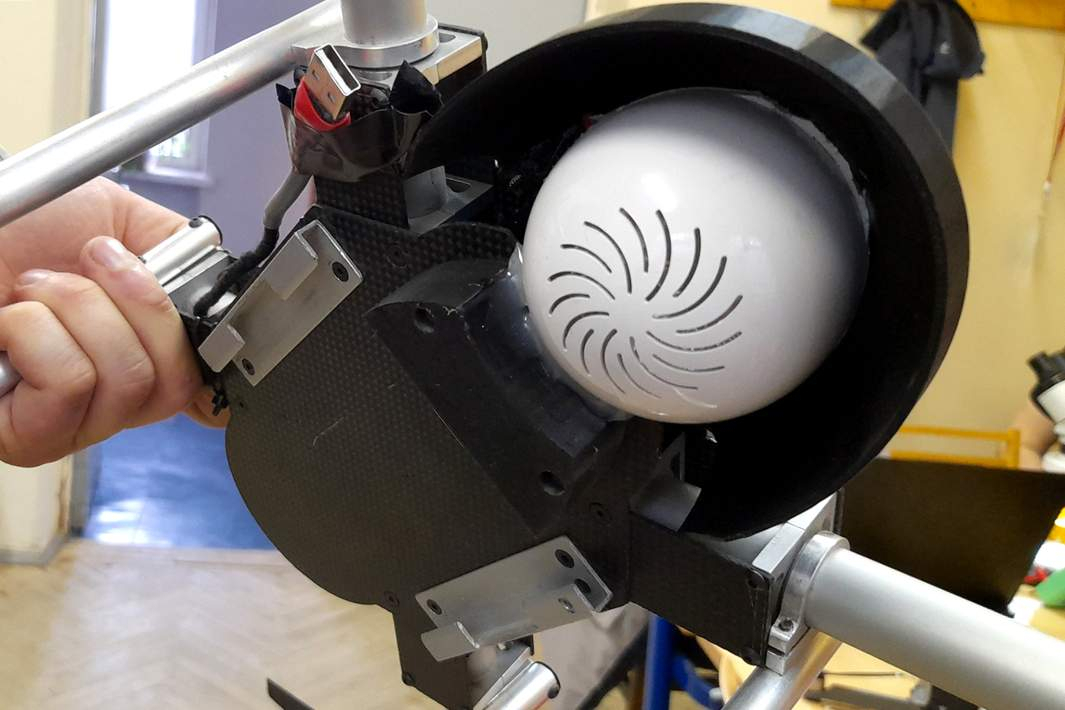
Andrei Grudev disputed the developers’ statement that photo, video and thermal imaging systems are unsuitable for searching for missing people. He recalled the results of the competition "Emergency call" that was held two weeks ago. The winner demonstrated almost 100% accuracy in locating missing people using the results of photo, video and thermal imaging systems processed by artificial intelligence.



